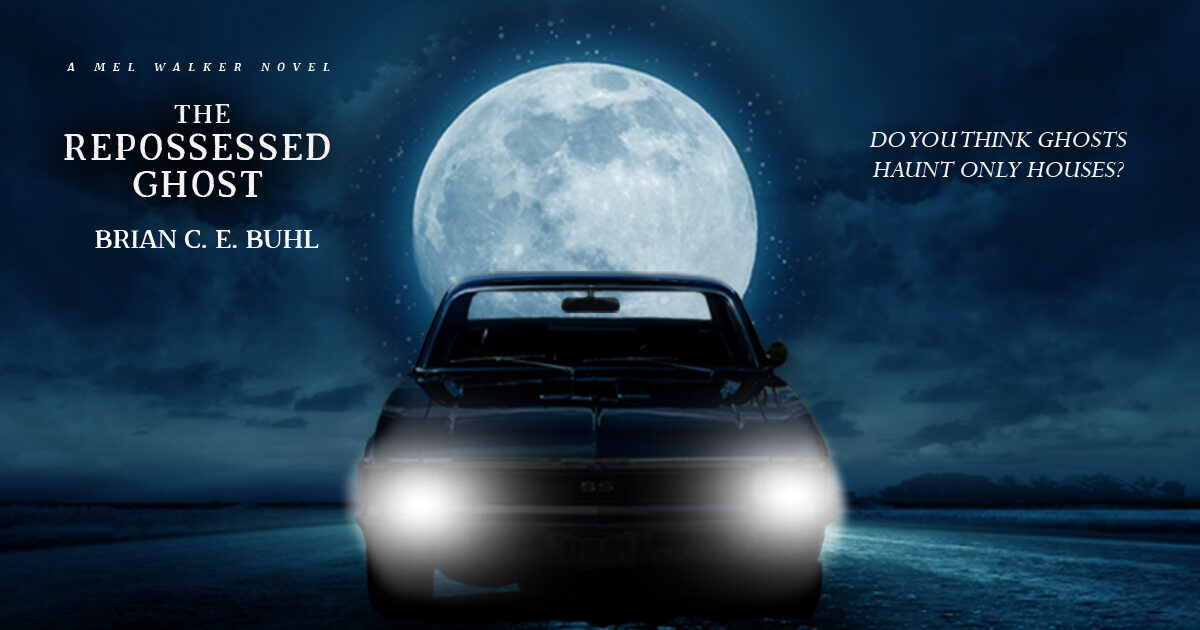To begin, let’s start with a song by Lonely Island which is a bad example of the use of semicolons.
Before we can talk about the joys of semicolons, we should take a quick refresher on what they’re used for. Off the top of my head, I could remember two main uses: connecting two related clauses and acting king of like a hyper-comma, allowing lists of things that include commas.
Here’s what Google had to say:
- Rule 1: Use a semicolon to connect two related independent clauses. …
- Rule 2: Use a semicolon to replace a coordinating conjunction. …
- Rule 3: Use a semicolon when writing serial lists. …
- Rule 4: Use a semicolon when you have a conjunctive adverb that links two independent clauses.
The list rule is the one that is most often forgotten, and the one that I can create the easiest example. Writers I would like to be favorably compared to include King, Steven; Heinlein, Robert; Asimov, Isaac; and Simmons, Dan.
I’d like to show an example of one of the other uses; I actually don’t use semicolons that often, so I find the exercise difficult.
I like semicolons just fine, and I do use them in my stories when it feels appropriate. I don’t go out of my way to use them, though. I’ll talk more about that in a moment.
What do I like most about semicolons? They open up different expressions of language that I wouldn’t otherwise have access to. Listening to Steven Brust tonight and getting his opinion on semicolons, he mentioned how he got the best of another author by demonstrating that people can speak in semicolons, and he demonstrated it. I think that’s pretty neat, but I don’t think we usually hear our natural speech with interesting punctuation, which gets me to the actual heart of this essay.
The person that suggested I write on this topic absolutely loves using odd punctuation, and I think that’s fine. It’s part of his style. He takes a different stance than I do on the function of writing, and the relationship between the writer and the reader, especially as the writer is drafting. I don’t think he’s necessarily wrong. I think he just has a differing viewpoint.
(He probably thinks I’m wrong, but that’s okay. We can remain friends.)
In my opinion, writing is always communication. What does that mean? To me, it means my goal as a writer is to get the story to the reader as clearly and as cleanly as possible. I want the reader to work a little bit, sometimes, but I don’t want them to get exhausted. I don’t want to distract them. I want what I see in my mind to appear in their mind.
Looking back at what I said about semicolons and their relationship to natural speech, you might understand why I’m not in a hurry to use them, or really any other punctuation that stands out. It’s the same reason I refrain from using dialog tags that are not “said” or “asked.” It’s one of the reasons I read my stories aloud when I start revisions. If it’s hard for me to vocalize, it needs editing.
There is one other thing I should mention with semicolons, and I hope I can talk about it with as much sensitivity as it deserves. Sometimes, you might see someone with a semicolon tattoo. They might talk about it. They might not. If you don’t know, the semicolon is serving the purpose of connecting two independent but related clauses: the difficult time in their life before they contemplated or attempted suicide, and the time after, when they decided to choose life and make a fresh start.
I think that’s all I have to say about that; I have other things I need to finish tonight.
